How To Find Hidden Cameras And Recorders?
In today's world, privacy is a growing concern. With the advent of easily accessible and affordable surveillance technology, the risk of hidden cameras and recording devices becoming a part of everyday life has never been higher. Whether you are worried about hidden cameras in your hotel room, rental property, office, or even your own home, knowing how to detect these devices is crucial for maintaining your privacy and security.
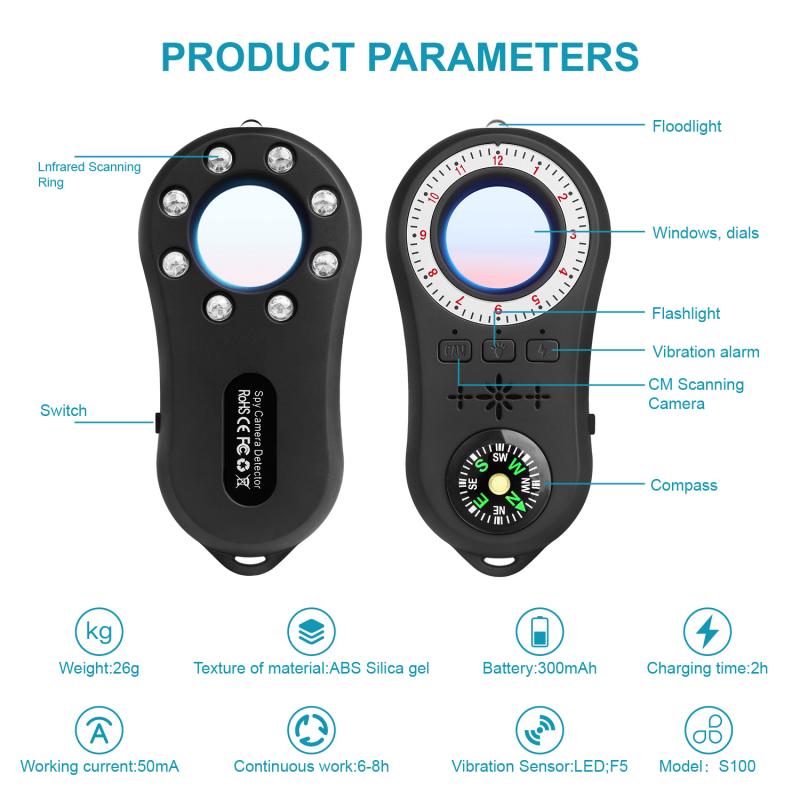
This article aims to provide practical and comprehensive steps to detect hidden cameras and recorders. By the end of this guide, you will be equipped with the knowledge to find and locate these hidden devices effectively.
1. Understanding the Threat Landscape
Before delving into the methods of detection, it is important to understand where and why hidden cameras might be used. Generally, these devices are placed in places where someone wants to monitor activity without the subjects knowing. Common scenarios include hotel rooms, changing rooms, public restrooms, office spaces, Airbnbs, and even in private homes. Suspicious devices can be as small as a pinhole camera or as sophisticated as motion-activated recording systems.
2. Visual Inspection
The first and simplest step in detecting hidden cameras and recorders is a thorough visual inspection. While this method may not catch every device, it can be surprisingly effective.
- Check Uncommon Places: Look in places where someone might hide a small device such as smoke detectors, air purifiers, alarm clocks, wall art, and power outlets. Check for unusual objects that seem out of place or slightly modified.
- Look for Tiny Holes or Lenses: Many hidden cameras require a small hole to capture video. Shine a flashlight around the room and see if any reflective lenses appear in unexpected places.
- Inspect Mirrors: Some hidden cameras operate behind two-way mirrors. To check for this, place your nail against the mirror’s surface. If there’s a gap between your nail and its reflection, it is a normal mirror. If there’s no gap, it could be a two-way mirror.
3. Using Your Smartphone
Your smartphone can be an incredibly useful tool in detecting hidden cameras and recorders.
- Detect Infrared Light: Many cameras use infrared light for night vision. You can detect this light using your smartphone's camera. Turn off the lights in the room and use your phone’s camera to scan the area. If you see a small, bright white light, it could be an infrared light from a hidden camera.
- Use Detection Apps: There are several apps available that can help detect hidden cameras and recorders. These apps use your phone’s camera and magnetometer to scan for electronic devices. Apps like ‘Hidden Camera Detector’, ‘Glint Finder’, and ‘Spy Camera Detector’ can be handy tools.
4. Electronic Sweeps with RF Detectors
RF (Radio Frequency) detectors are designed to scan for radio electromagnetic waves. Many hidden cameras and recorders transmit data wirelessly, which means an RF detector can pick up these signals. Follow these steps:
- Purchase an RF Detector: These can range from simple, handheld devices to more sophisticated and expensive options.
- Sweep the Room: Slowly move the RF detector around the room, focusing on potential hiding spots. When it beeps or lights up, investigate further as it may have detected a hidden device.
- Turn Off Known Devices: To avoid false positives, turn off all known electronic devices in the area before scanning.
5. Check the Wi-Fi Network
Many hidden cameras and recorders operate and transmit data through Wi-Fi networks. Therefore, checking the Wi-Fi network can reveal unexpected devices connected.
- Use Network Scanners: Apps like ‘Fing’ can scan your Wi-Fi network and list all connected devices. Look for any devices that seem unfamiliar or suspicious.
- Secure Your Network: Always use strong passwords for your Wi-Fi and periodically check for unauthorized connections.
6. Listening Devices and Audio Bug Detection
Hidden audio recorders can be tougher to detect but following certain steps can help.
- RF Detectors: As mentioned earlier, many RF detectors can pick up audio transmitters.
- White Noise Generators: These devices generate a consistent noise that can help mask conversations, thereby hindering audio recording. While they don’t detect the recorder, they can be a useful countermeasure.
7. Heat Detection
Some hidden cameras emit heat when they are operational. Devices like thermal cameras can be used to detect heat signatures. By scanning the room with a thermal camera, you can spot devices that are warmer than their surroundings.
8. Physical Inspection
If electronic detection methods don’t yield results, you might need a physical inspection.
- Check behind Wall Fixtures: Unscrew light switches and power outlets to check for hidden devices.
- Look inside Furniture: Thoroughly check behind and under furniture. Look for any signs of tampering.
- Inspect Air Vents and Ceilings: Use a ladder to inspect high areas, including AC units, smoke detectors, and ceilings.
9. Professional Help
If you are still unsure or unable to detect anything but strongly suspect the presence of hidden devices, professional help may be necessary. Hire a professional bug sweeper or a private investigator, who has specialized tools and expertise in detecting hidden cameras and recorders.
10. Conclusion
Being aware and cautious of your surroundings is vital in today's tech-savvy world. By using the methods outlined above, you can enhance your ability to detect hidden cameras and recorders, ensuring your privacy is maintained. Remember, vigilance is key, and regularly checking your environments can go a long way in protecting your personal space.
By effectively combining visual inspections, leveraging smartphone capabilities, using RF detectors, checking Wi-Fi networks, detecting heat emissions, and potentially seeking professional help, you can safeguard your privacy from eavesdropping and unauthorized surveillance.


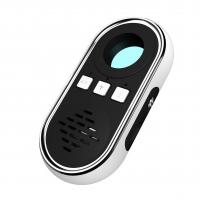
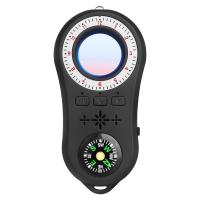
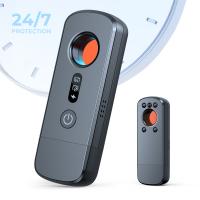


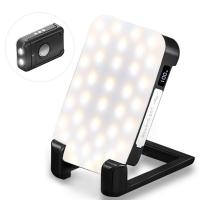

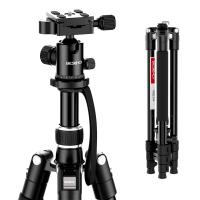

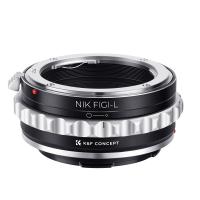

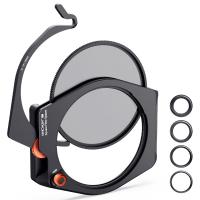



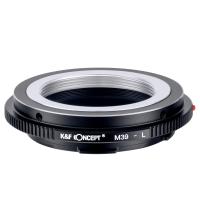
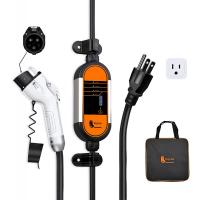

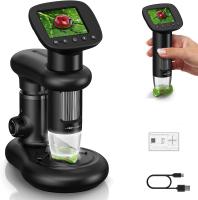

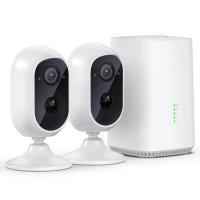

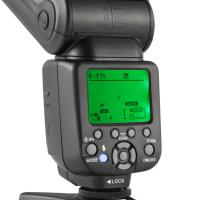

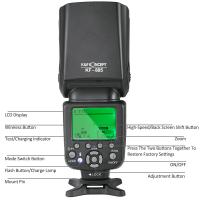
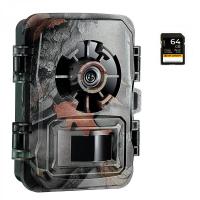


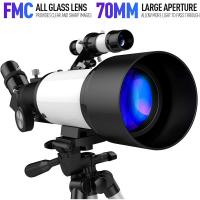

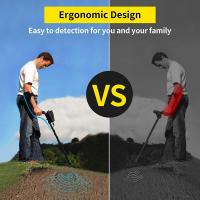

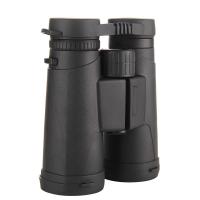
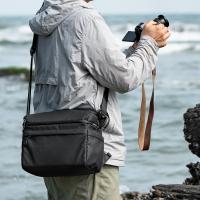
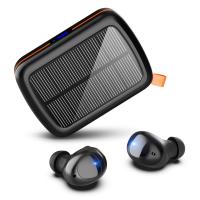
There are no comments for this blog.